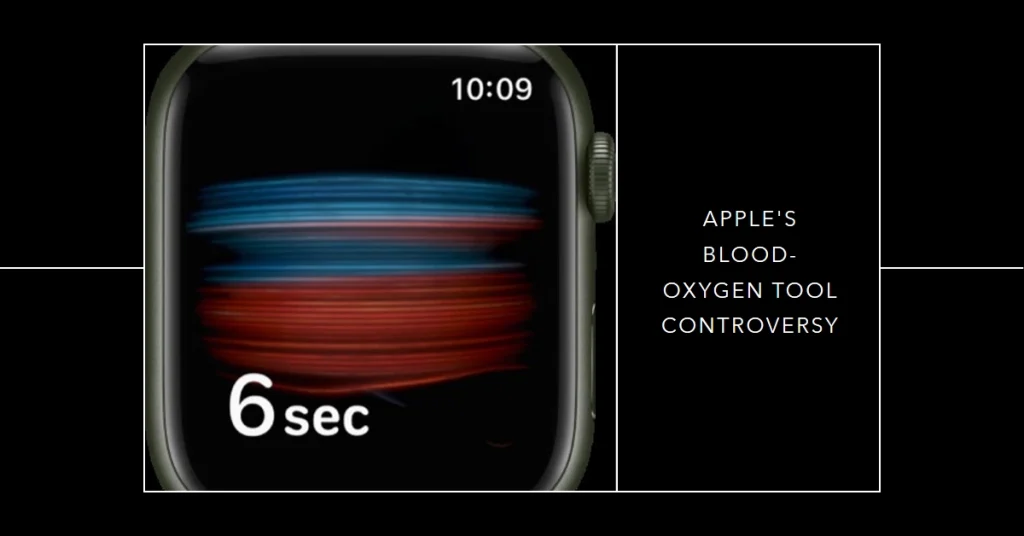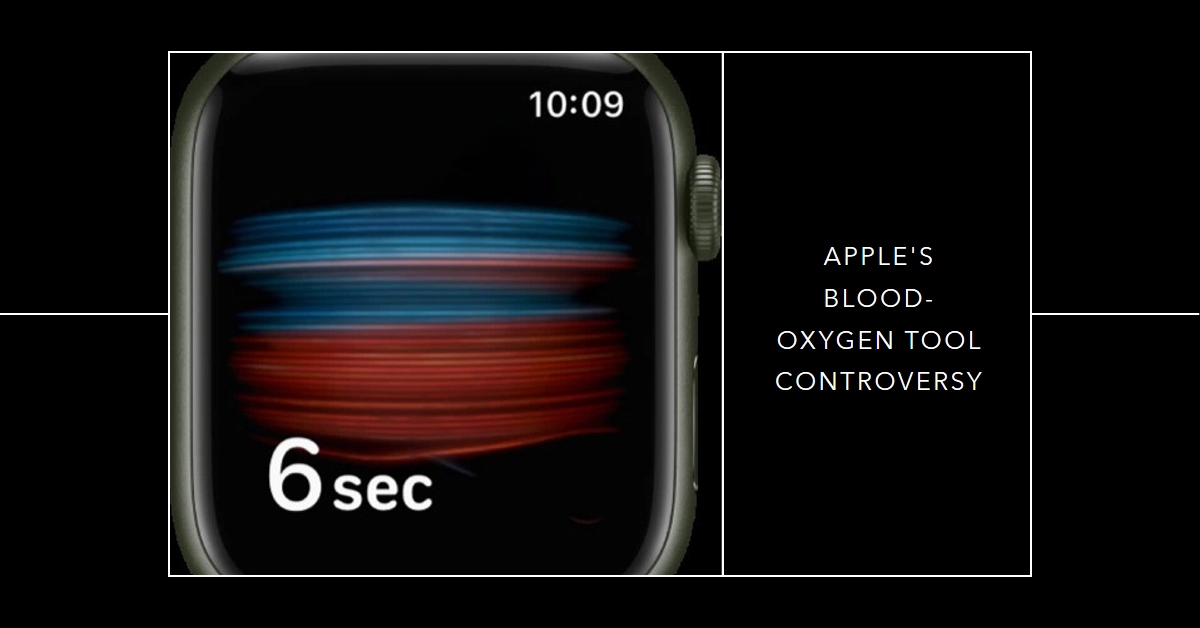In a move that has sent shockwaves through the tech world and health monitoring communities, Apple has announced the removal of its popular blood-oxygen monitoring tool from its latest smartwatches, the Series 9 and Ultra 2. This decision, while seemingly drastic, stems from a complex legal battle with Masimo Corporation, a medical technology company holding patents related to the technology.

While Apple has always positioned its watches as health and wellness companions, the blood-oxygen feature, introduced in 2020, held particular significance. It empowered users to track their oxygen saturation levels, a crucial metric for respiratory health and early detection of conditions like sleep apnea. This removal raises critical questions about the future of health features on consumer electronics, the power dynamics within the tech industry, and ultimately, the impact on everyday users.
Navigating the Legal Labyrinth: Masimo’s Patent Dispute and Apple’s Workaround
The root of this controversy lies in a patent infringement lawsuit filed by Masimo against Apple in 2019. Masimo claims that Apple’s blood-oxygen measurement techniques infringe on their proprietary technology, specifically their “pulse oximetry” patents. The International Trade Commission (ITC) ruled in October 2023 in Masimo’s favor, potentially leading to a ban on the importation of Apple Watches with the blood-oxygen feature.
To circumvent the potential ban, Apple has opted for a seemingly unorthodox solution: removing the feature altogether from the affected watch models.
This workaround, approved by the US Customs and Border Protection in January 2024, allows Apple to continue selling its watches without facing legal repercussions. However, it leaves users who have come to rely on the blood-oxygen tool feeling frustrated and disappointed.
Unanswered Questions and the Future of Health Features
The removal of the blood-oxygen feature raises several important questions about the future of health monitoring on consumer electronics. One key concern is the potential chilling effect this may have on innovation.
Tech companies, wary of legal battles, may be less inclined to develop and implement new health features if they fear patent infringement lawsuits. This could ultimately hinder progress in the field of personalized health monitoring.
Another concern is the impact on user trust. Apple has always marketed its watches as empowering tools for health awareness. The removal of a key health feature, particularly one with proven benefits, could damage user trust and lead to skepticism towards future health-related initiatives on consumer devices.
Finally, this situation highlights the complex relationship between technology companies and medical device manufacturers. While both sectors aim to improve health outcomes, their priorities and business models can often clash. This legal battle is a stark reminder of the need for clear regulations and ethical guidelines surrounding health features in consumer electronics, ensuring that user safety and innovation remain at the forefront.
Moving Forward: Implications for Users and Industry
For Apple Watch users, the removal of the blood-oxygen feature presents a dilemma. Those who rely on it for health monitoring will need to find alternative solutions, potentially seeking professional medical advice or turning to other health devices.
For the tech industry, this episode serves as a cautionary tale. Companies must tread carefully when developing health-related features, ensuring compliance with regulations and respecting the intellectual property of competitors. Collaboration and open communication between tech and medical device companies could be key in fostering innovation while protecting user safety and trust.
Ultimately, the removal of the blood-oxygen tool from Apple Watches is a significant event with far-reaching implications. While the legal ramifications are still unfolding, the impact on users, the tech industry, and the future of health monitoring on consumer devices is undeniable.
As we move forward, it is crucial to prioritize user safety, ethical development, and a clear regulatory framework to ensure that technology continues to serve as a force for good in the realm of health and wellness.
